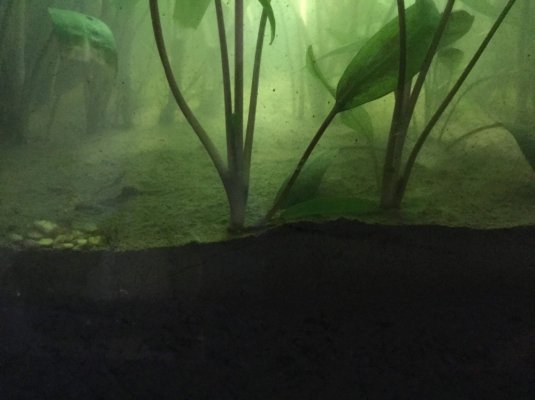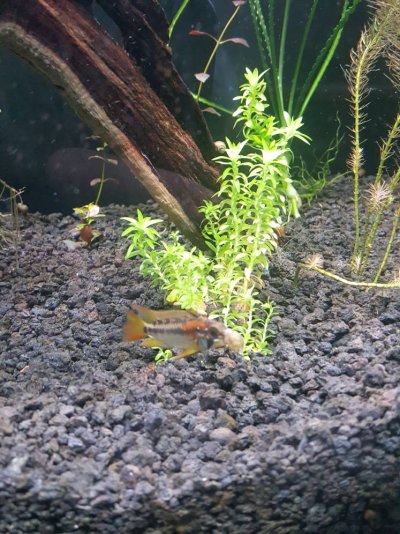Why do they say you need to vacuum your tank to get rid of fish poo, but then if you have a planted tank, you can't clean the gravel because of disturbing the plants?
Is it OK for the plants to remove them to clean the gravel and then put back after, or shouldn't you move them?
If you don't clean the gravel with plants, does the fish poo just stay there and pollute the tank, or do the plants help get rid of the poo pollution?
I had a tank years ago and only had plastic plants. Now I like the look of aquascaping and would like to make a nice planted tank.
Is it OK for the plants to remove them to clean the gravel and then put back after, or shouldn't you move them?
If you don't clean the gravel with plants, does the fish poo just stay there and pollute the tank, or do the plants help get rid of the poo pollution?
I had a tank years ago and only had plastic plants. Now I like the look of aquascaping and would like to make a nice planted tank.


